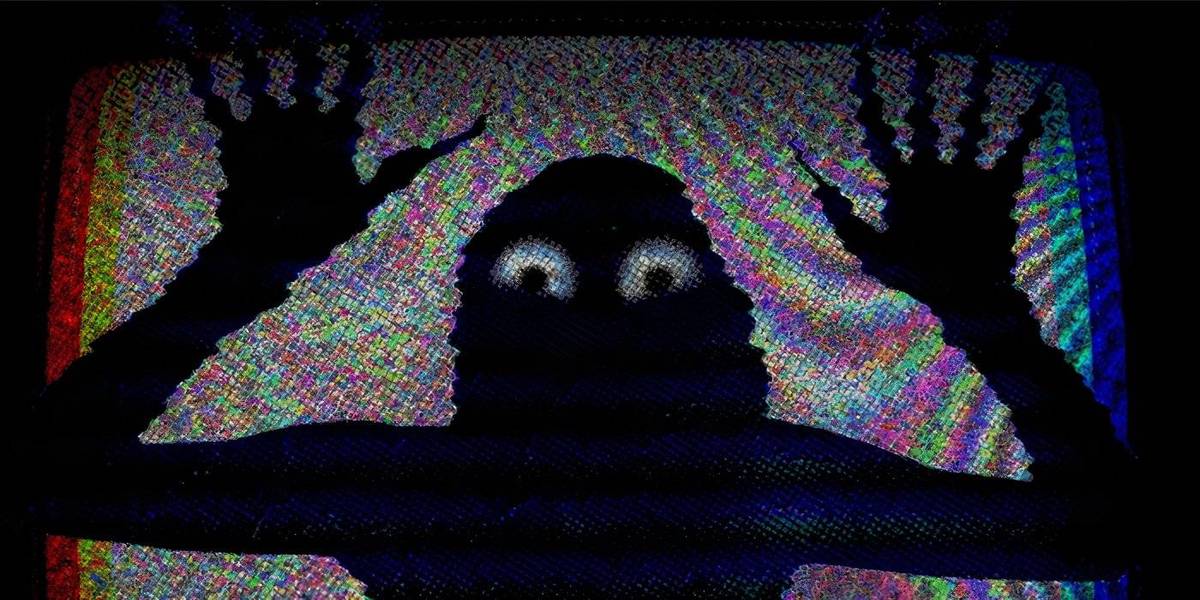What Is Analog Horror? The Subgenre Explained (With Examples)
The analog horror genre is another in a long line of the extraordinary variety of subgenres that captivate its passionate audience. From the heart-pounding jump scares of slasher films to the existential dread of being hunted by a relentless creature, or the terror of realizing your house is haunted, horror’s versatility is unparalleled in cinema. One of the most fascinating aspects of the horror genre is its ability to comment on society and reflect the era in which it was created.
The subgenre known as analog horror has emerged and is the latest to captivate viewers, especially with the younger audiences it has resonated with. Like many horror films, analog horror mirrors the anxieties of contemporary society. Its rise underscores the genre’s ongoing ability to evolve and connect with viewers by addressing the unique concerns of each generation. Films like Skinamarink and Archive 81 help shine a light on this subgenre.
Analog Horror Explained
The Horror Sub-genres Major Influences And How It Embraces Old Technology To Generate Scares
Analog horror is a subgenre that focuses heavily on using analog media, such as VHS tapes, cassette recordings, and other outdated recording formats, as a narrative device. These films create an atmosphere through grainy footage, glitches, and distorted audio. Unlike subgenres that rely on jump scares, gore, or heavy visual effects, analog horror generates fear through unsettling ambiance and a sense of realism infused into its narrative. The storytelling often involves fragmented plots and hidden messages to build unease and tension.
Found footage films usually have more of an emphasis on the discovery of footage and involve characters actively creating the material, while analog horror is more about deciphering the media and has more of a disjointed narrative.
Two major influences contributed to the rise of the analog horror genre. The first was the popularity of found footage horror films in the late 1990s and early 2000s, such as The Blair Witch Project and Paranormal Activity. These films used analog media to tell their stories and leaned into grounded storytelling to make the audience feel like they were witnessing something authentic. Found footage films usually have more of an emphasis on the discovery of footage and involve characters actively creating the material, while analog horror is more about deciphering the media and has more of a disjointed narrative.
The second major influence was creepypasta, which are user-generated paranormal horror stories shared online. Like found footage films, creepypastas are often presented as "true" accounts, typically told from the perspective of someone recounting a supernatural or horrific experience, often from their childhood. Many creepypastas emphasize analog media, drawing inspiration from old TV shows, mysterious childhood memories, or the discovery of an eerie cassette tape containing hidden messages.
This generation also harbors a nostalgia for a simpler time, when not everything was shared online and strange occurrences needed to be solved physically, instead of just googling or going to a Reddit forum.
In many ways, the analog horror genre reflects contemporary society. Its creators are often from a younger generation that has grown up immersed in technology. They live online where creating and sharing content is incredibly simple, and today's audience is savvy about how digital media is produced.
Yet, this generation also harbors a nostalgia for a simpler time, when not everything was shared online and strange occurrences needed to be solved physically, instead of just googling or going to a Reddit forum. Analog horror taps into this blend of love for old technology and yearning for the enigmatic, creating a unique space within the horror genre.
Examples Of Analog Horror
YouTube Popularized Analog Horror Before Skinamarink Brought The Genre More Mainstream
Analog horror gained popularity through YouTube, with short video series like No Through Road, Marble Hornets, and Local 58 amassing followings by creating narratives featuring eerie atmospheres and fragmented storytelling.Marble Hornets premiered on YouTube in 2009 and was based on the Slender Man creepypasta. It follows characters watching tapes recorded during the production of a student film, trying to uncover what happened to their friend during filming. Local 58, another YouTube series, is credited for giving analog horror its name. The series has no plot and was presented as authentic footage taken from a television station over decades.
The subgenre found its biggest success with 2022's Skinamarink. The film follows two kids who wake up to discover their father missing while surreal events transpire in their home. Skinamarink embodies all the hallmarks of analog horror: minimal dialogue, grainy visuals,and exceptional sound design that makes it feel like a real-life nightmare. Unlike most analog horror, Skinamarink received theatrical distribution and was a big success. Made for only $15,000, the film earned over $2 million worldwide, with many comparing the success to The Blair Witch Project. Buzz grew organically through social media, where fans shared their reactions.
While analog horror still remains a niche genre, it has an incredibly strong fan base that will continue to push the genre into the mainstream.








